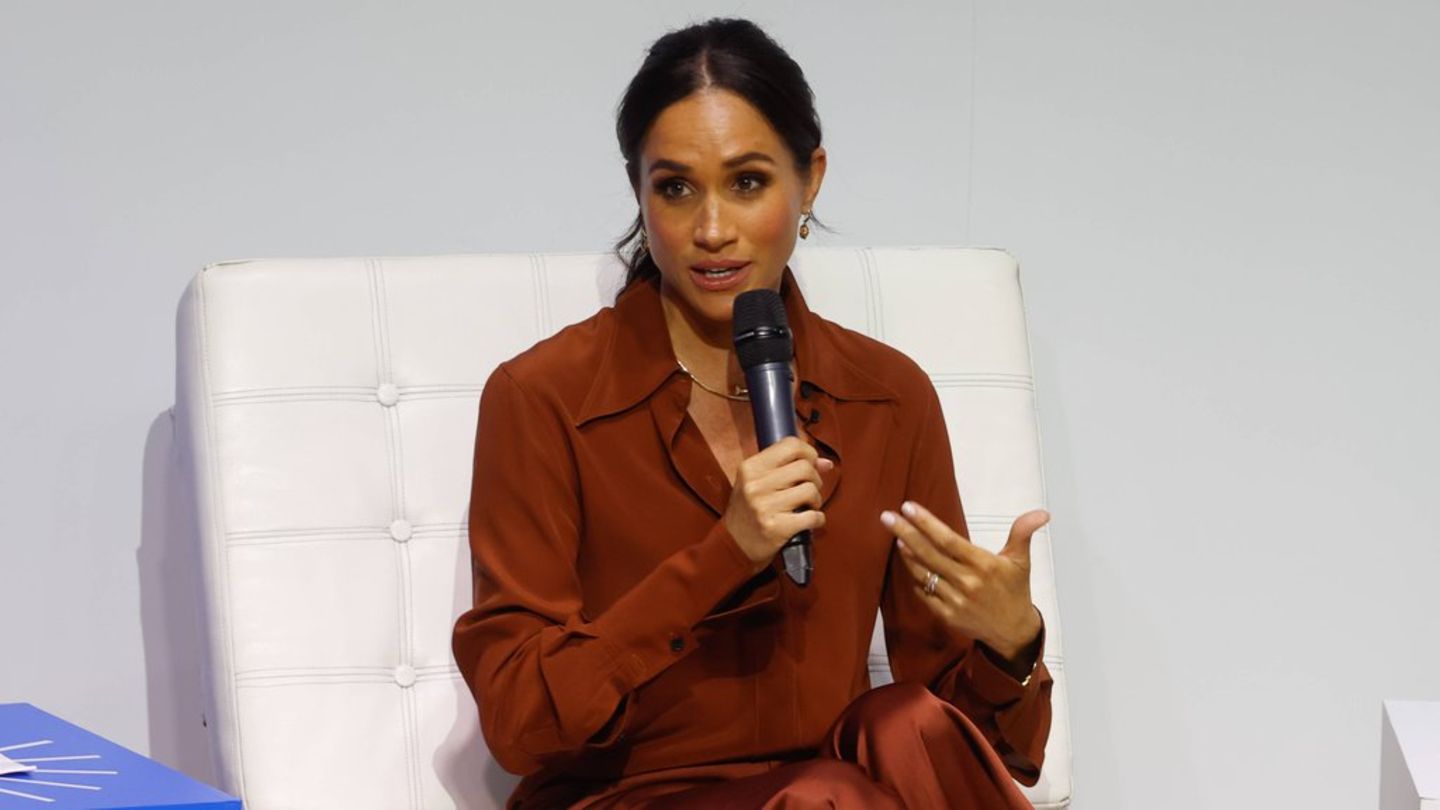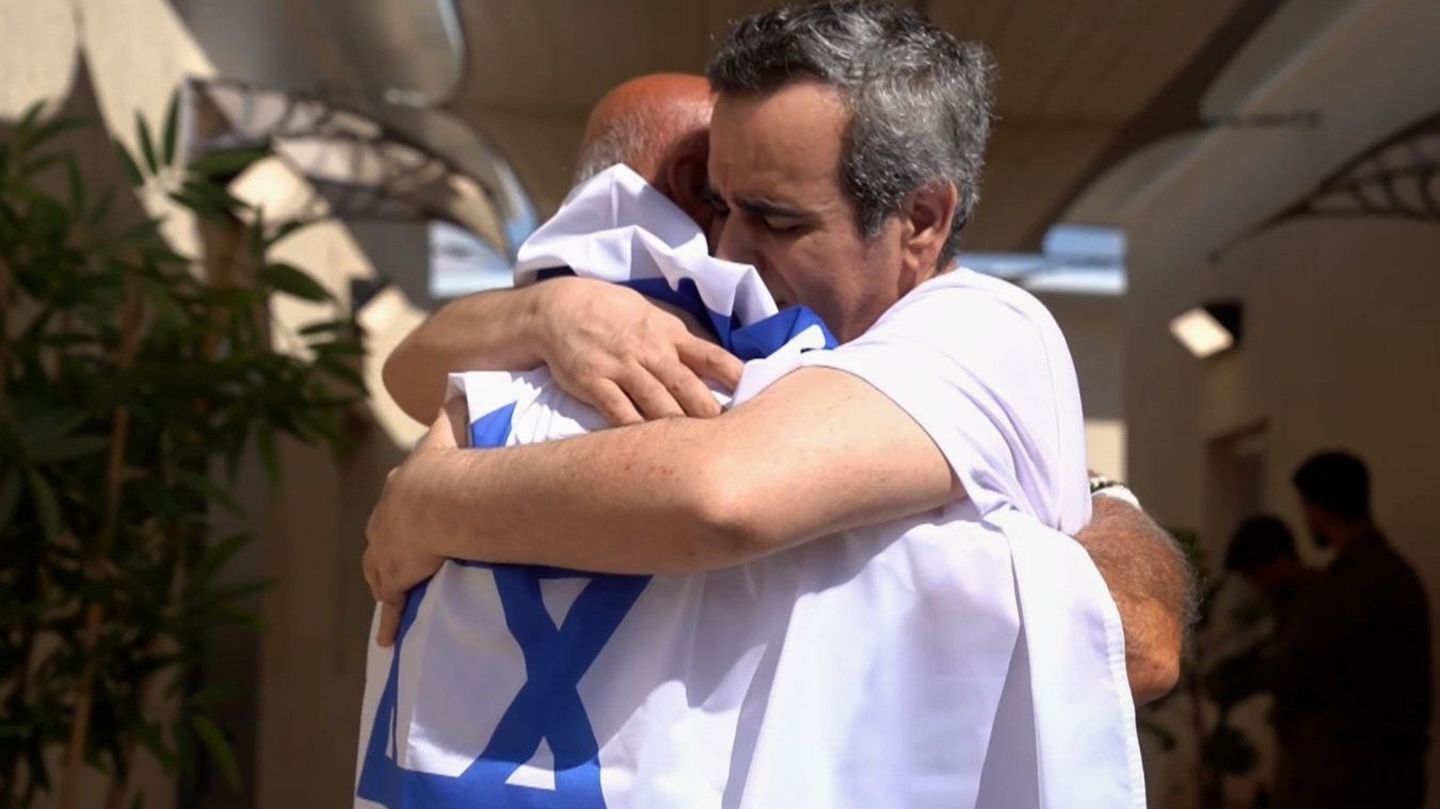I have been working in the news industry for over 6 years, first as a reporter and now as an editor. I have covered politics extensively, and my work has appeared in major newspapers and online news outlets around the world. In addition to my writing, I also contribute regularly to 24 Hours World.
Menu
Russia’s war of attack: USA consider great concessions Kiev to be inevitable
Categories
Most Read
Health: Last minute operation for stable contributions
October 15, 2025
No Comments
Cabinet: Black and Red want to decide on active pensions
October 15, 2025
No Comments
Security and defense: NATO discusses better deterrence after airspace violation
October 15, 2025
No Comments
Charlie Kirk: USA withdraws German’s visa because of mail
October 15, 2025
No Comments
Gaza Agreement: Report: Hamas wants to hand over more hostage bodies
October 14, 2025
No Comments
Latest Posts

Duchess Meghan: This is what she says about the deal with Netflix
October 15, 2025
No Comments
Lisa HarrisI am an author and journalist who has worked in the entertainment industry for over a decade. I currently work as a news editor

Receiving a pension even though you have never worked – you can get that
October 15, 2025
No Comments
Lack of retirement provision How much pension do you get if you never worked? Listen to article Copy the current link Add to watchlist What

Hamas Brutality: How Israeli Hostages Were Tortured
October 15, 2025
No Comments
Severe abuse Released Israeli hostages report their ordeal Listen to article Copy the current link Add to watchlist The latest hostages released by Hamas report
24 Hours Worlds is a comprehensive source of instant world current affairs, offering up-to-the-minute coverage of breaking news and events from around the globe. With a team of experienced journalists and experts on hand 24/7.

